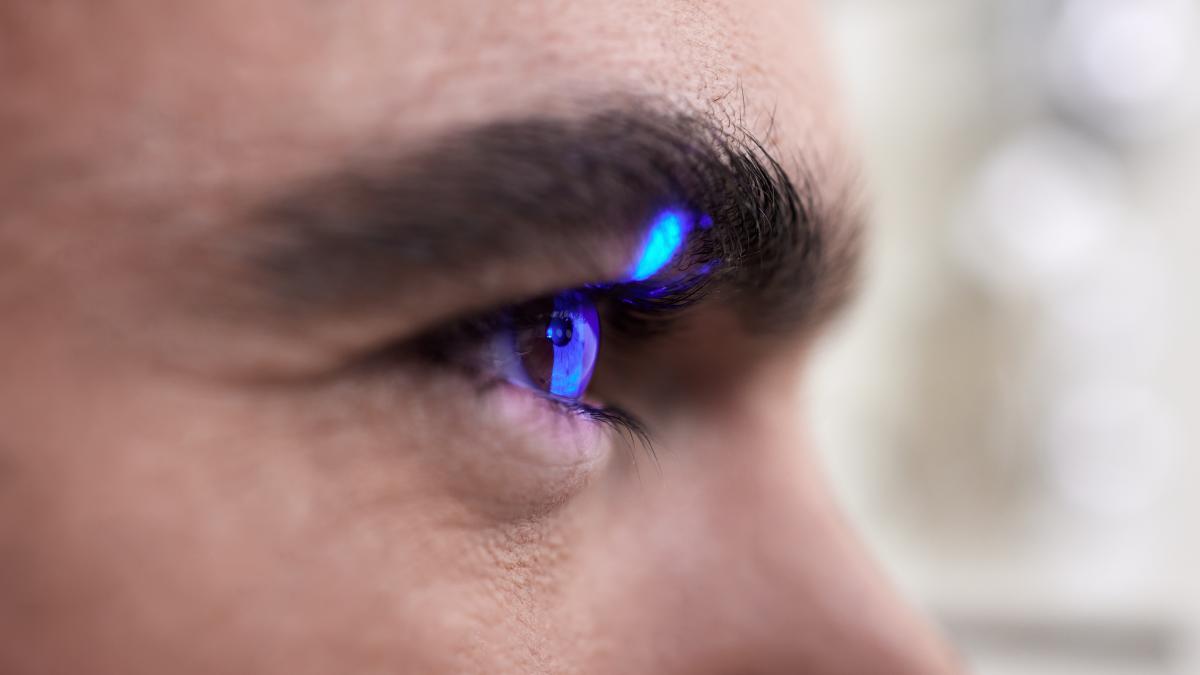diSilvia Turin
New study on people suffering from congenital amaurosis: the experimental treatment was safe and effective. “For the first time I saw food on my plate,” says a patient
The CRISPR-Cas9 gene editing technique has been successfully used to improve the quality of life of people suffering from a form of hereditary blindness called amaurosis. A new study showed that the treatment is safe and brought improved results in 11 of 14 patients treated.
I study
Research, published May 6 in the New England Journal of Medicine by Massachusetts Eye and Ear (Harvard Medical School teaching hospital), involved 12 adults (aged 17 to 63) and two children (aged 10 to 14) born with a form of congenital amaurosis Leber’s (LCA) caused by the mutation of a gene: a disease that causes progressive and irreversible loss of sight up to blindness. The phase 1/2 study, called BRILLIANCE, focused primarily on the safety of the editing technique with a secondary analysis of efficacy.
No serious adverse events related to the treatment or procedure were reported, nor were any toxicities related to the doses administered. Participants were monitored every three months for a year, then followed less frequently for another two years. Among them are the first congenitally blind children to be treated with CRISPR. Two adults received low-dose therapy, five received a medium dose, and another five received high-dose treatment.
The results
“Hearing from several attendees how excited they were to finally see food on their plates is a great thing. These were individuals who couldn’t read any lines on an eye chart and who had no treatment options, which is the unfortunate reality for most people with inherited retinal disorders,” said Eric Pierce, director of Ocular Genomics Institute and first author of the research.
«One of our test participants shared several examples, including being able to find your phone after losing it and knowing that your coffee machine is working by seeing its little lights. Although these types of tasks may seem trivial to those who are sighted, such improvements can have a huge impact on the quality of life of people with low vision,” added co-author Mark Pennesi.
The “cut and sew” technique
The CRISPR technique, also called “DNA cutting and sewing”, is now ten years old but its applications are still in their infancy. It allows both the destruction of a gene responsible for the disease and the replacement of a diseased gene with a healthy gene and is proposed for the treatment not only of genetic diseases, but also of tumors (we talked about it HERE).
In the case described above, patients underwent a single injection of a CRISPR/Cas9 genome editing drug, EDIT-101 into one eye, via a specialized surgical procedure. For this type of inherited blindness, the goal was to inject CRISPR to reach the retina of the eye to restore the ability to produce the CEP290 gene and protein responsible for light-sensitive cells.
8 maggio 2024
© ALL RIGHTS RESERVED
